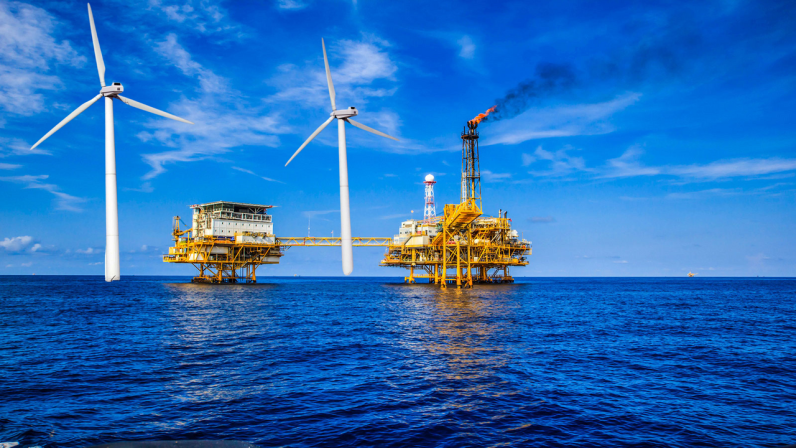All over Europe, companies are looking to reduce energy costs and their carbon footprint. And it’s more than just talk — the weekend saw the world’s largest floating (offshore) wind farm, Hywind Tampen, begin energy production.
Developed by Equinor and located about 140 kilometres off the coast of Norway, the floating wind farm is the first in the world to power offshore oil and gas platforms.
The wind farm is estimated to meet about 35% of the annual electricity power demand of five of the Gullfaks and Snorre partners’ rigs. Of course, this percentage will increase when wind speed is higher. It will also cut CO2 emissions from the fields by about 200,000 tonnes per year.
Join TNW in Valencia!
The heart of tech is coming to the heart of the Mediterranean
Fumali – Services Marketplace – Local Services – Farm Equipment Repair
Furthermore, the site acts as a test bed for further development of floating wind, exploring new and larger turbines, installation methods, simplified moorings, concrete substructures, and integration between gas and wind power generation systems.
Seven of the 11 wind farm’s turbines are slated to come online in 2022, with the installation of another four taking place in 2023. This all seems like a good thing, but…
…Norway won’t be giving up that sweet gas money
Norway is Western Europe’s largest oil and gas producer — and has no intention of dismantling its oil industry. So this isn’t a game-changer for national renewables.
However, the country shared at last week’s COP27 environmental summit in Egypt that it has raised its target for cutting climate-related emissions to at least 55% by 2030.


Despite this, there’s a horrible irony in the fact that Norway has spent hundreds of millions of euros on a green energy source to make it cheaper to harvest the gas and oil that’s killing the planet. Effectively, it wants to use its floating wind farm to continue mining fossil fuels for as long as possible.
On one hand, Norway’s project represents a commitment to sustainability by developing a new industrial use case for offshore wind that other traditional industries can embrace. You could also argue that the funding and lessons learned in this process can benefit stations like this in the future.
But on the other, this is a backwards way of sucking every last dollar out of the planet, with scant regard for the health of the world and future generations.
It’s clear now that we have the technology to transition to more sustainable energy, the problem is that those in power don’t want to make it happen.